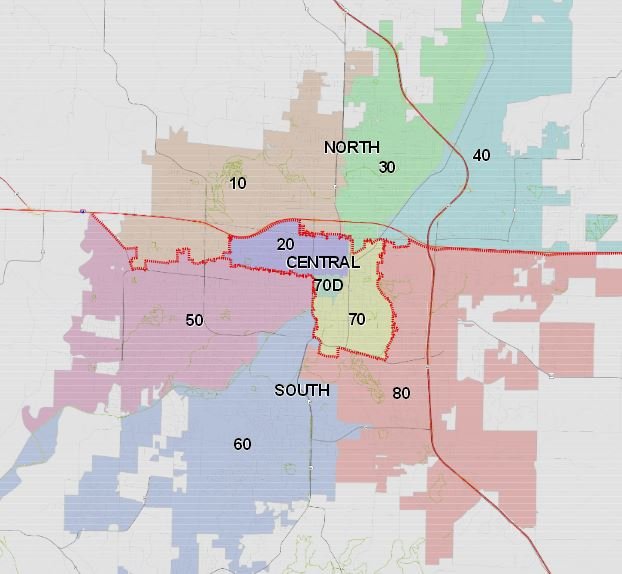MU researchers make recommendations to combat traffic stop disparities in Columbia
COLUMBIA, Mo. (KMIZ)
Researchers at the University of Missouri released a final report on traffic stop disparities in the Columbia Police Department, confirming initial data that showed black drivers are more likely to get pulled over.
The study was conducted by researchers from MU's Department of Sociology, Truman School of Public Affairs, School of Social Work, and the Center for Applied Research and Engagement Systems. The report found the severity of disparity in traffic stops from 2017-2019 changed depending on the part of town. Looking at traffic stops by area of patrol, or beats, the researchers found the highest disparity in beats 70 and 70D. That covers downtown and neighborhoods along College Ave.
The racial disparity index measures the number of traffic stops of a driver's race versus the driving age population of that race. The Attorney General's Office, which releases yearly reports on this metric, said it's report is a way to begin talking about possible racial profiling within law enforcement.
While beats 20, 30 and 40 had the highest number of traffic stops, and the greatest percentages of Black residents, the disparity index were the three areas closest to even. Officers made the most traffic stops in the time measured in Beat 20, which covers central Columbia. Of the 6,764 stops made, 44 percent of them involved a Black driver in an area that is 27 percent Black. The researchers approximated, though, that that amounted to a disparity index of 1.6 - the lowest of any beat in the city.
Beat 70, however, had the highest disparity index at 8.9. Black drivers made up 27 percent of all traffic stops, but just 3 percent of the population.

Dr. Eileen Avery, the head researcher on the project, said the city could approach flattening this disparity by addressing either the high number of stops in Black neighborhoods or high disparity in other neighborhoods.
"Either scenario (or both) could be important in the narratives of stopped individuals or involved officers that emerge in interviews and thus either or both could have implications in the ways CPD moves to reduce disparity rates and resident relationships overall," Avery said.
Police chief Geoff Jones said the report gave the department lots of data to help it make policy changes. The high disparity rate in beats 70 and 70D. Jones said he would also look into why officers were stopping so many cars in central and north Columbia.
"I can't police to a number. But if I can find out why something is happening, I can make sure we're doing it more fairly," Jones said.
The report suggested the city also interview officers and residents in non-public settings to get feedback on traffic stops.
Jones said he would also take a closer look at instances where officers use the smell of drugs or alcohol to justify a search. The report said police officers used the reason more often to search Black drivers than white drivers.
